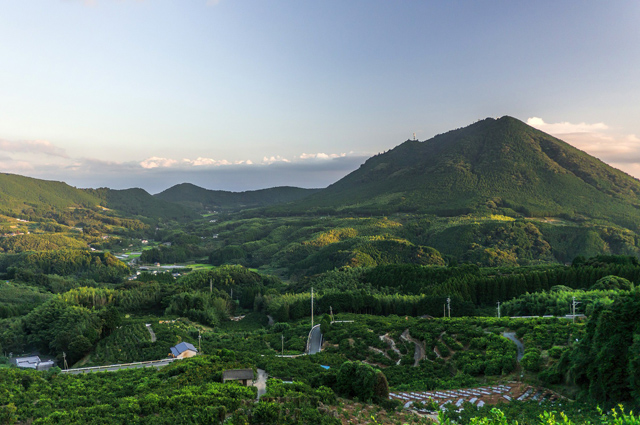From the fading epitaphs to the encroaching moss, the decayed and delapitated state of Japan’s rustic graves have become a somber metaphor for the decline of their rural surroundings.
By Kyle Mullin
A recent Bloomberg article quoted Satoshi Masuda, an official in Kumamoto prefecture’s Hitoyoshi City, who is crestfallen about these graves’ state of disrepair. He said: “People built graves on top of the mountains for the view, but now they’ve been taken over by forest. As worshippers and grave-keepers vanished, some were just forgotten.”
The article goes on to explain that 43 percent of Hitoyoshi’s 15,123 gravestones are now derelict. And that is far from the most harrowing statistic stemming from Japan’s rural unraveling. It noted that half a million Japanese citizens are likely to die annually over the next half decade, while the birth rate has dipped to 1.43 children per family, far short of the 2.07 rate needed to reverse Japan’s population decline. These census woes are compounded in the countryside, because so many rural residents are opting to live in the city. At this rate, 30 percent of Japan’s population will live in Tokyo or three nearby prefectures by 2040, enough to potentially turn half the nation’s smaller municipalities—totaling 896—into ghost towns.
Urbanization is, of course, far from a new phenomenon in Japan. An article on the Council on Foreign Relations website notes that the nation’s “… rural areas have been depopulating since the 1950s, when young men, sometimes with their families in tow, migrated to the cities to find work in the urban factories that propelled Japan’s postwar industrialization.” But as a piece in The Interpreter noted, the rate of rural decline is now in a free fall, thanks to urbanization and a rapidly aging population, which could have serious implications for Japan’s agricultural sector. Another article published by National Interest offered some anecdotal details—including a school in Niigata Prefecture (three hours outside of Tokyo) whose student body has dipped from 125 to nine pupils across six grades and a local nursing home that is already at capacity and has amassed a waiting list of 350 more senior citizens.
Creative activists and entrepreneurs are tackling the issue, however: two of them include an agricultural education NGO called ECOPLUS and a program called Panorama Farm, which offers farmers easier access to rice production equipment. In addition, several federal parties have launched large rural enrichment campaigns over the years. Chief among them is the Furusato Sosei Undo, or the Hometown Revitalization Movement; spearheaded by Noboru Takeshita’s 1989 administration, it provides villages with ¥100 million grants. Critics say such innovation is nowhere to be found in the government’s rural policies, particularly Prime Minister Shinzo Abe’s decision to have smaller municipalities pitch their own business ideas in order to secure national subsidies. While Abe’s current detractors would prefer such continued federal support, other analysts have pointed out that the PM cannot be so generous, thanks to his yen weakening stimulus packages. Tohoku University political science professor Kazunori Kawamura elaborated on that point: “(Abe is) sending a strong message to the regions that from now on, they have to compete. The central government can’t just dole out subsidies any longer because it’s having its own problem.”
Detractors say this “strong message” is in fact an Achilles heel. They say that by leaving rural communities to vie for subsidies, Abe has abandoned them in the same way that rustic residents have left the once revered graves of their ancestors to crumble. University of Tokyo political science professor Yu Uchiyama was particularly critical, telling Bloomberg: “Abe’s top-down style is backfiring in the regions. Voters in the countryside don’t necessarily agree with his agenda. His focus on regional revitalization may help in local polls, but he can’t solve issues with money when a region’s identity is at stake.”
—Kyle Mullin
Image of rural Kumamoto: Pixabay/Public Domain









